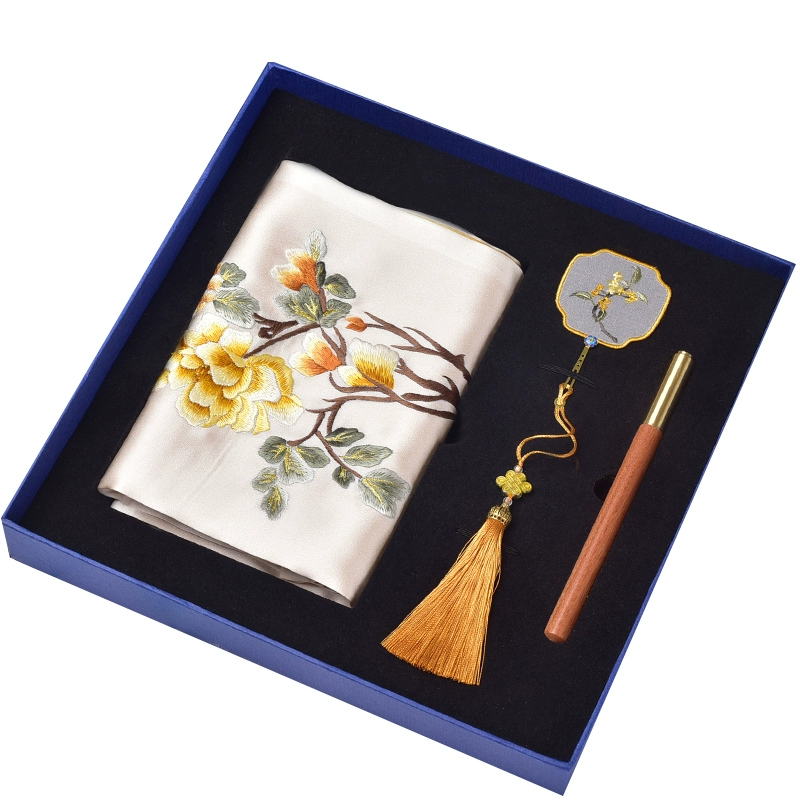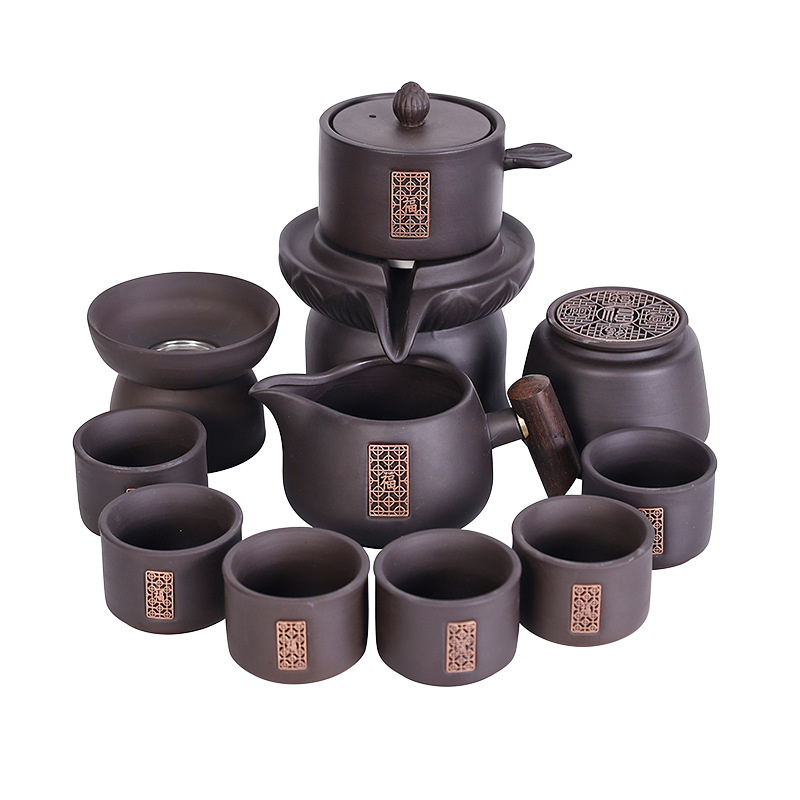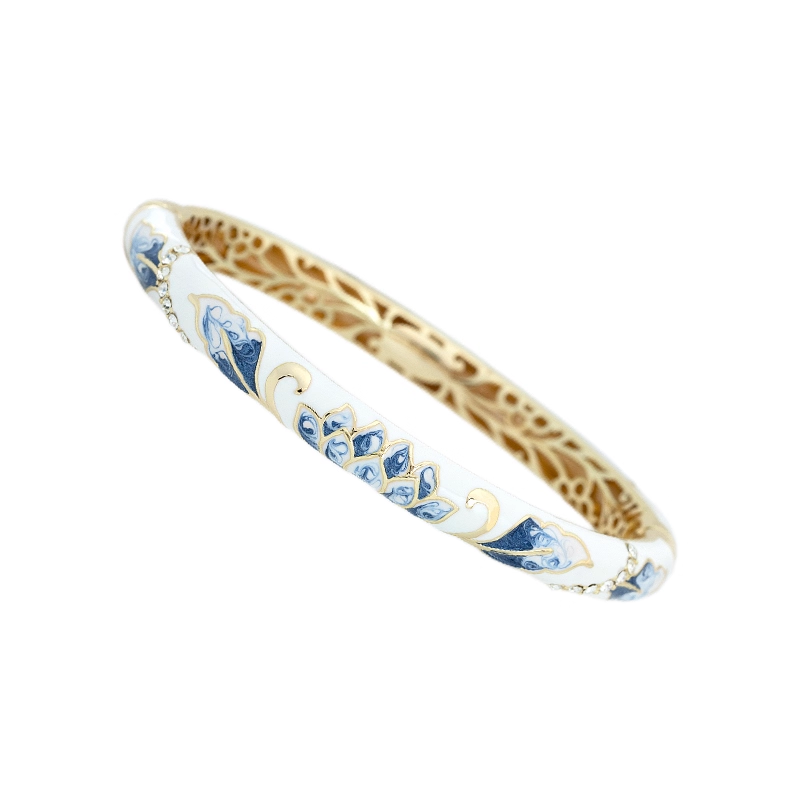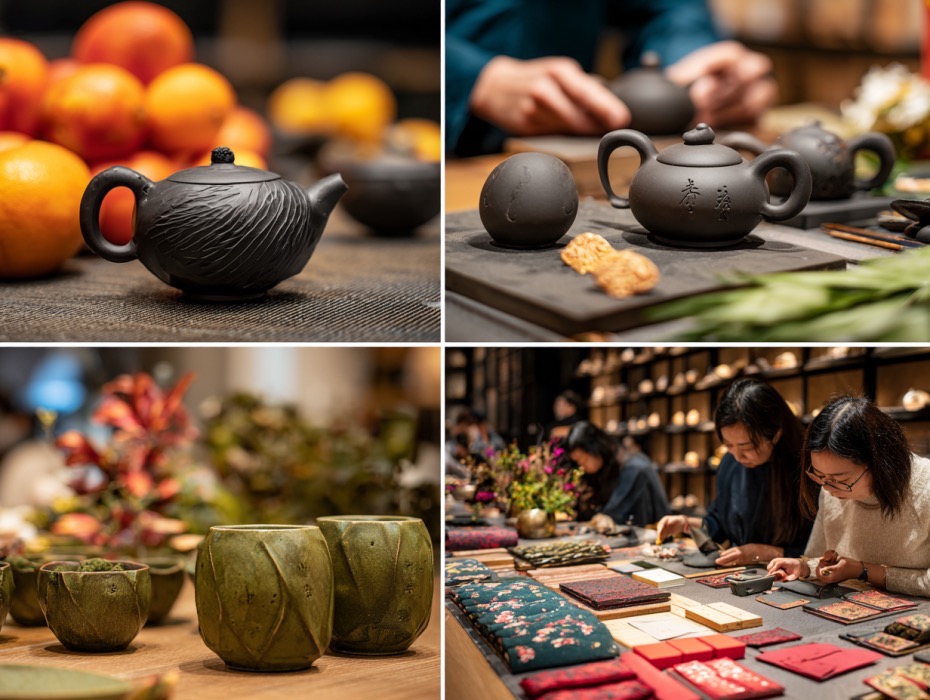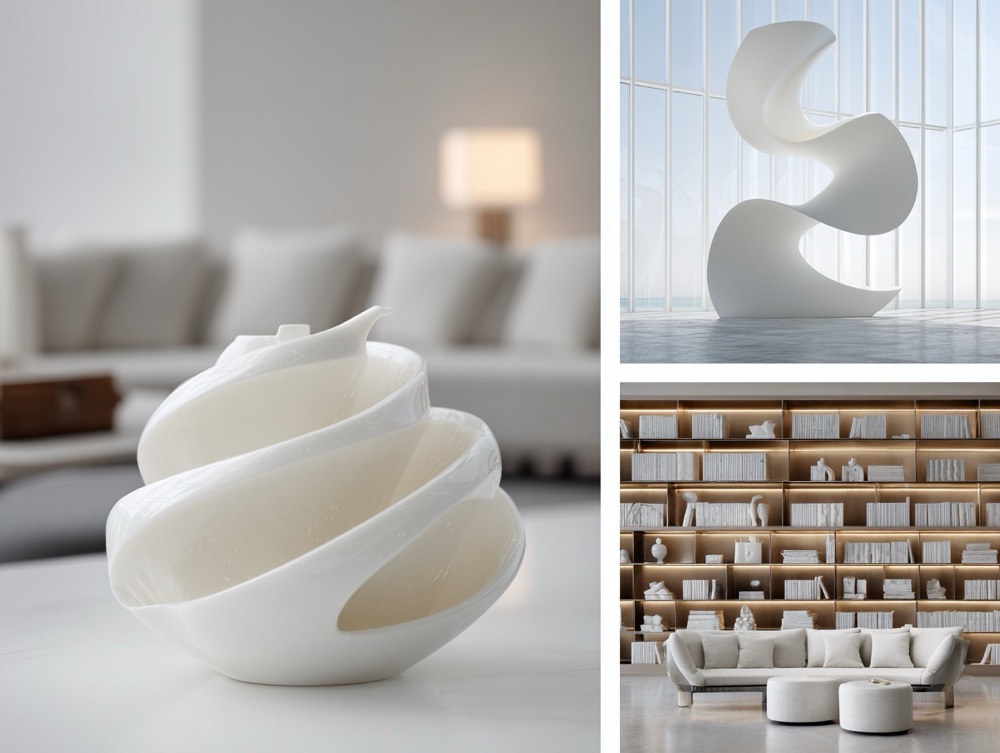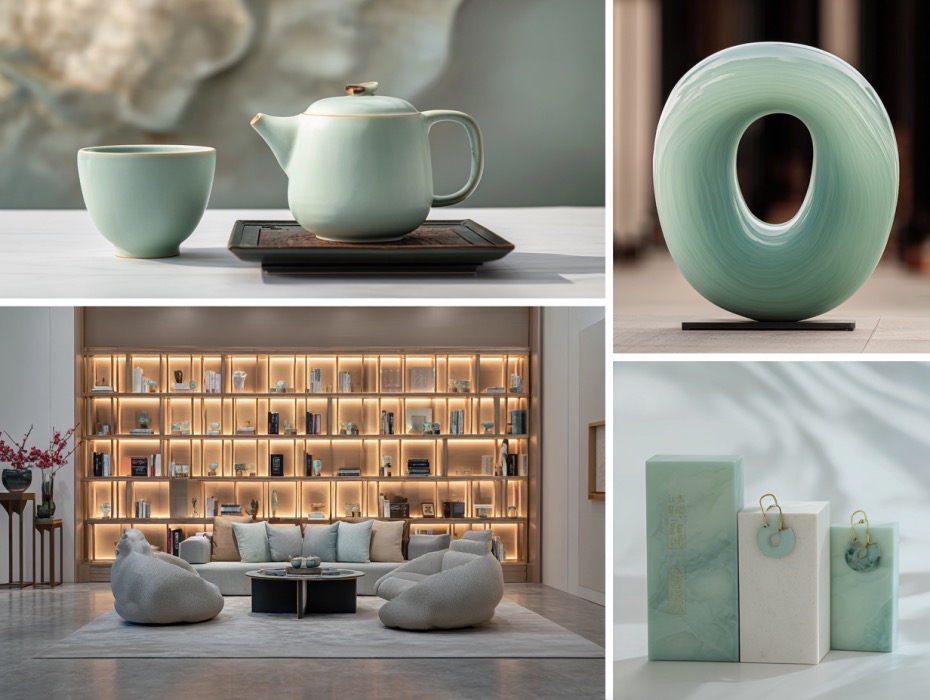Jingdezhen Porcelain:The Legacy of Craftsmanship and Artistic Rebirth of a Millennium-Old Porcelain Capital
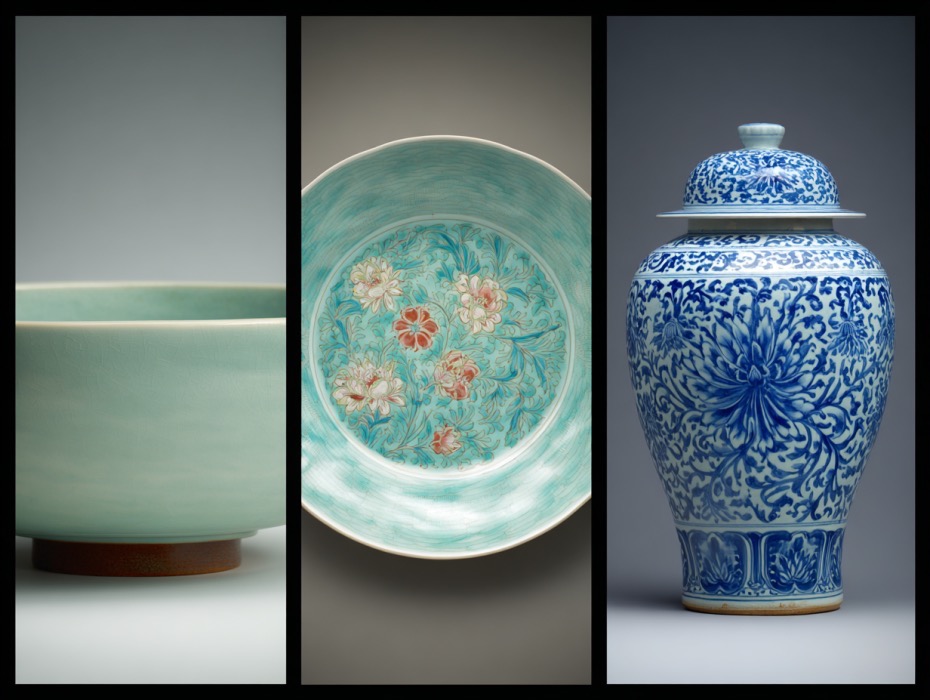
Amid the brilliant river of Chinese ceramic civilization, Jingdezhen porcelain has forged the enduring reputation of the “Millennium-Old Porcelain Capital” with its extraordinary quality—”as white as jade, as bright as a mirror, as thin as paper, and as resonant as a chime”. Nestled in Jiangxi Province, this ancient city has refined the art of clay and fire to its peak over a thousand years, ever since porcelain production began in the Han Dynasty. Not only has it been the exclusive source of imperial porcelain, but it has also become a global wellspring of inspiration for ceramic art. Today, it continues to convey the profound heritage and contemporary vitality of Chinese ceramics to the world with an innovative spirit.
The history of Jingdezhen porcelain is an epic of craftsmanship spanning millennia. Traces of primitive porcelain firing in Jingdezhen date back to the Han Dynasty. By the Tang Dynasty, its reputation as “imitation jade” had spread across the Jiangnan region, and its white porcelain firing techniques had reached initial maturity. During the Song Dynasty, Jingdezhen gained fame for its “shadow celadon”—porcelain with a glaze that shifts between pale blue and white, as translucent as ice and jade—becoming a treasure in the ceramic market of the time. In the Yuan Dynasty, the imperial court established the “Fuliang Porcelain Bureau” here, marking a historic breakthrough for Jingdezhen porcelain: blue-and-white porcelain emerged. The vivid blue patterns painted with cobalt oxide broke the limitations of monochromatic glazes and were exported to Europe and Asia, ushering in a new era of ceramic art. The Ming Dynasty saw Jingdezhen become the home of imperial kilns, where techniques for monochromatic glazes such as “sweet white glaze”, “sacrificial red glaze”, and “peacock green glaze” reached unprecedented heights. Meanwhile, doucai porcelain (porcelain with underglaze blue and overglaze colors) was invented, with underglaze blue and overglaze pigments complementing each other. The “Wanli Five-Color Porcelain” of the Wanli reign period, renowned for its vibrant hues, became a timeless classic. In the Qing Dynasty, Jingdezhen porcelain craftsmanship reached its zenith: famille rose porcelain, with its delicate brushwork and soft colors, gained worldwide popularity; enameled porcelain, exclusive to the imperial family, became a “luxury among ceramics”. Imperial kiln porcelain from the Kangxi, Yongzheng, and Qianlong reigns, which integrated the pinnacle of craftsmanship and aesthetics, became coveted treasures in museums around the globe.
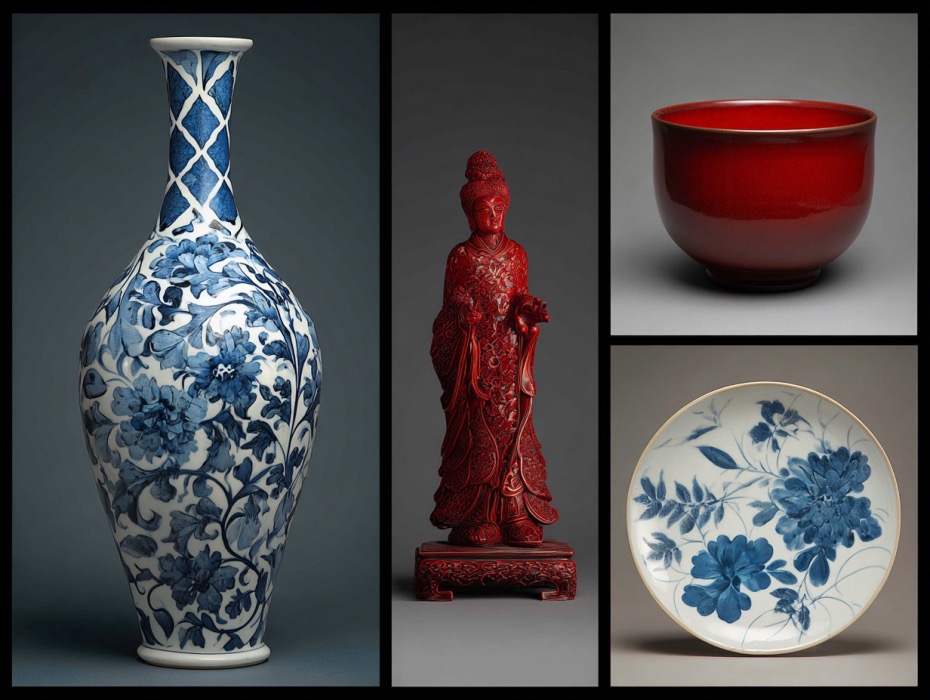
The charm of Jingdezhen porcelain lies in its unique core craftsmanship and superior raw material advantages. The porcelain-making materials here are truly “heaven-sent”: kaolin, pure and highly plastic, combined with local porcelain stone, produces a fine and firm porcelain body, laying the foundation for high-quality porcelain. From raw materials to finished products, the process undergoes the rigorous test of “seventy-two procedures”: during clay washing, impurities are repeatedly removed to make the clay as smooth as grease; wheel-throwing relies entirely on the craftsman’s touch—with deft finger movements, shapes like bowls, plates, vases, and jars gradually take form. For thin-walled porcelain, the body is even controlled to less than 1 millimeter, a feat known as “magic at the fingertips”; in the trimming stage, craftsmen use sharp knives to refine the body, ensuring regular shapes and uniform thickness; glazing employs various techniques such as dipping, pouring, spraying, and brushing. Sweet white glaze requires at least three coats to achieve a “jade-like luster”; finally, kiln firing—traditional “dragon kilns” and “wood-fired kilns” in Jingdezhen create a reducing atmosphere through pine wood combustion, giving the glaze rich color gradients. Although modern gas kilns offer precise control, they still uphold the pursuit of perfect temperature and atmosphere; even a slight deviation can ruin all previous efforts, and a flawless piece of Jingdezhen porcelain often requires multiple test firings.
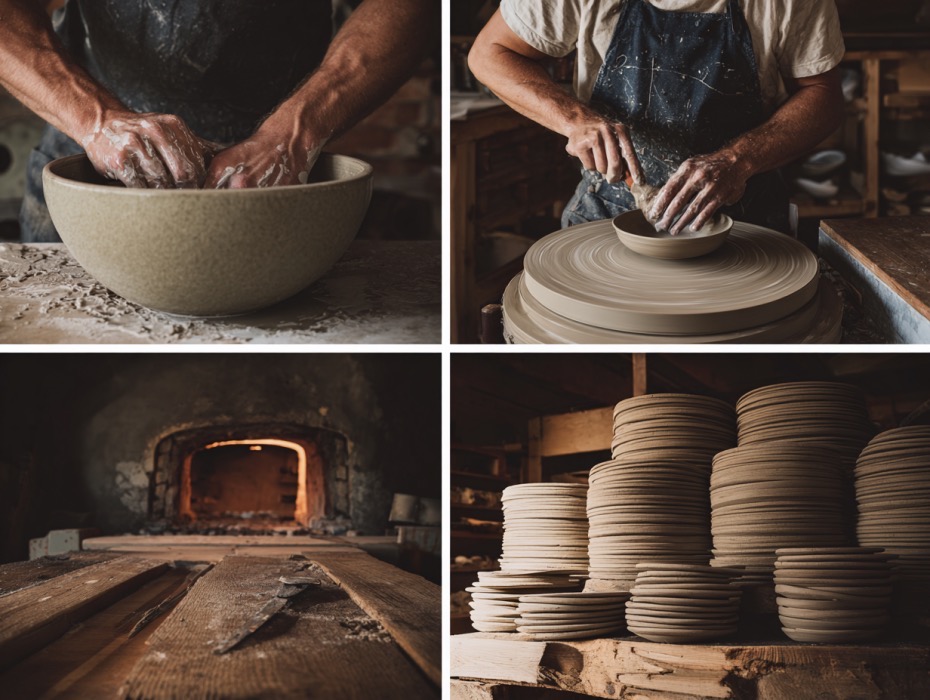
Jingdezhen porcelain encompasses a wide range of types, each showcasing a unique artistic style. Blue-and-white porcelain is Jingdezhen’s “business card”—evolving from the boldness of the Yuan Dynasty to the delicacy of the Ming and Qing dynasties, and featuring themes from traditional landscapes and flowers to modern abstract designs, cobalt blue pigment unlocks endless possibilities under craftsmen’s brushes; famille rose porcelain is celebrated for its “soft and creamy texture”—lead powder is added to pigments, which are fired at low temperatures, resulting in soft and fresh colors. It excels at depicting the expressions of figures and the vitality of flowers and birds, with famille rose porcelain from the Yongzheng reign period known as the “beauty among porcelains”; colored glaze porcelain is the “art of fire”—sacrificial red glaze is as rich as congealed blood, sky blue glaze as calm as the deep sea, and peacock green glaze full of vitality. The firing of each glaze color depends on precise control of kiln temperature and atmosphere, earning it the reputation of “one treasure per thousand kilns”; thin-walled porcelain pushes the limit of “thinness”, with its thinnest part only 0.5 millimeters—fingerprints are visible through it when held up to light, and it rings crisply like a chime when tapped, demonstrating the pinnacle of Jingdezhen’s craftsmanship.
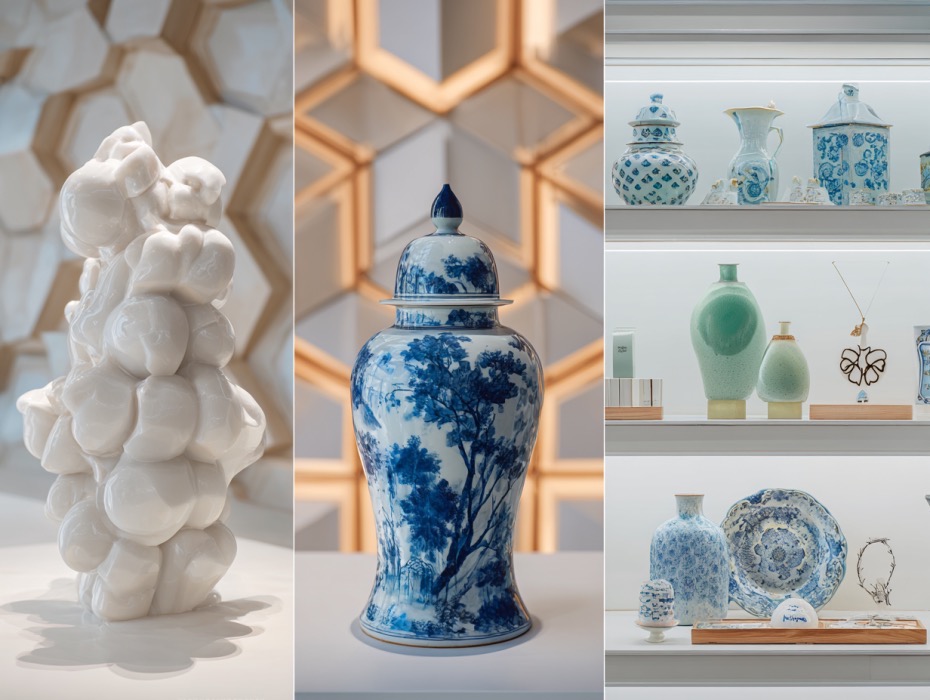
In modern times, Jingdezhen porcelain has not rested on its historical laurels but has gained new vitality through inheritance and innovation. On one hand, traditional imperial kiln techniques are systematically protected—venues like the Imperial Kiln Ruins Park and the Jingdezhen China Ceramic Museum showcase and preserve the millennium-old porcelain-making skills. Veteran craftsmen pass down core techniques such as wheel-throwing, trimming, and porcelain painting to the younger generation through the “master-apprentice” model; on the other hand, Jingdezhen has become a gathering place for young ceramic artists worldwide. They integrate modern artistic concepts with traditional craftsmanship to create innovative works such as hand-painted porcelain, ceramic sculptures, and ceramic installations, transforming Jingdezhen porcelain from practical utensils to pure works of art. At the same time, Jingdezhen porcelain actively embraces the market—from cultural and creative products (such as blue-and-white porcelain bookmarks and famille rose porcelain ornaments) to high-end custom pieces (such as corporate gifts and home decorative porcelain), it meets the needs of various scenarios. It has also made frequent appearances on international platforms like the China International Import Expo and Milan Design Week, promoting the brand of “China’s Porcelain Capital” to the world.

From the blue-and-white vases of the Yuan Dynasty to the sweet white glaze plates of the Ming Dynasty, the famille rose vases of the Qing Dynasty, and the modern ceramic art of today, Jingdezhen porcelain has always used clay as paper, fire as a brush, and craftsmanship as its soul to interpret the Chinese pursuit of beauty. It is not only a collection of exquisite ceramic utensils but also a series of vivid historical memories and an enduring cultural heritage. In the new era, this millennium-old porcelain capital continues to write the immortal legend of ceramic art with an open and innovative attitude, allowing the world to witness the eternal charm of Chinese craftsmanship.
